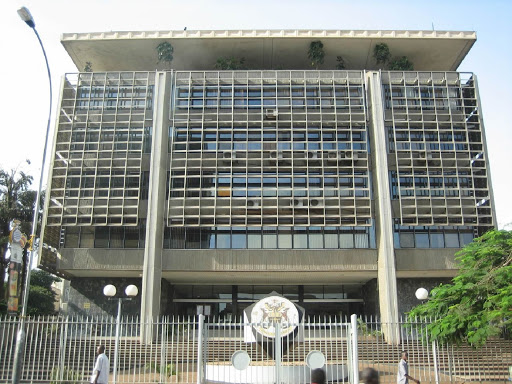UGANDA, Kampala | Real Muloodi News | In the quarter up to February, the value of both loan applications and approvals reduced, showing a drop in credit demand and supply, the Daily Monitor reports.
According to the April 2021 monetary policy report, the Bank of Uganda says the value of loan applications dropped to USh 3.8 trillion from USh 4.5 trillion reflecting less desire for credit. The Daily Monitor reports that because of risk aversion by commercial banks, the value of loan approvals fell from USh 2.6 trillion to USh 2.5 trillion.
Personal and household loans continued to take up the largest share of loan applications and approvals, with trade, construction, and real estate following closely.
In the quarter of December 2019, all categories recorded levels below the value of loan applications and approvals compared to the USh 7.6 trillion and 4.8 trillion recorded before Covid-19, the Daily Monitor reports.
The contraction came when Bank of Uganda indicators noted an improvement in the business environment in the quarter that ended March.
According to the monetary policy report, in the last two quarters, the Market Purchasing Managers’ Index (PMI) rose to 53.2 in March, from 51.2 in February, showing an increase in new orders and output. This was the second month in a row that the PMI rose, boosting confidence among business owners hoping that the economy will continue to grow over the next 12 months.
The Central Bank observed that Uganda Development Bank (UDB) loans increased from USh 469 billion in November 2020 to USh 547 billion in February 2021. UDB has been lifting the economy by lending to critical sectors such as Agro-processing, manufacturing and primary agriculture sub-sectors.
As of February 2021, the stock of restructured loans was at USh 8.2 trillion, with USh 4.6 trillion still outstanding. This means that since April 2020, credit relief measures have benefited 46.9% of loans in the banking industry.
The Central Bank further noted that lending rates fell sharply in December 2020 and January 2021 because of large credit extensions to top clients in the telecom sub-sector, the Daily Monitor reports.
Since February, interest rates have been growing with the highest 22.9% in agriculture, 22.5% in services and building, and 20.8% in real estate sub-sectors.
READ MORE LIKE THIS:



